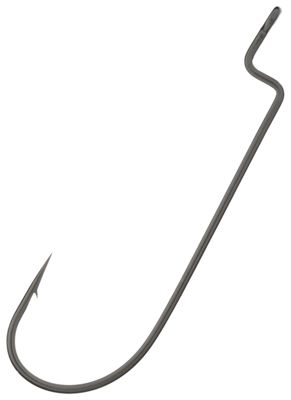How to Rig Soft Plastic Eels and Shad Fishing LuresSoft plastic shad fishing lures are proven fish catchers, partly due to the wriggling action they get from their paddle tails and their realistic apperance. Remarkably, some even smell and taste like the real thing too! They're so-called after the fish species of that name, which are members of the herring family, and - unfortunately for them - a popular baitfish for pretty much all saltwater predators. Plastic shad lures are relatively inexpensive to buy, which in view of their lack of long-term durability, is good news indeed. In fact they're cheap enough to have a number of different shapes, sizes and colours in your lure box so for those days on which the fish aren't being entirely cooperative. They can be fished unweighted, or fitted with separate leadheads at which point, by my terminology anyway, they become swimbaits. 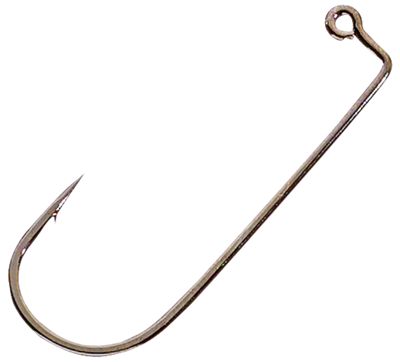 Otherwise, with no leadhead, they remain a plastic shad fishing lure and must be rigged with a special single-cranked hooked specially designed for the purpose, like this one... Rigging Shad Fishing Lures
|
|
| Other related pages... | |
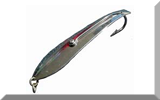 |
|
| Spinners and Spoons | |
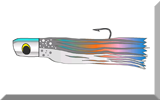 |
|
| Trolling with Skirted Lures | |
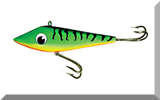 |
|
| Trolling with Plugs | |
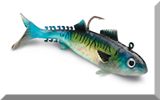 |
|
| Fishing with Soft-Plastic Swimbaits | |
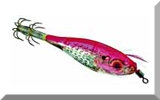 |
|
| Using Squid Jigs | |
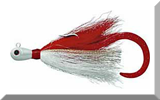 |
|
| Fishing with Bucktail Jigs | |
|
Welcome to BLUESHARK Mobile Phone Client

